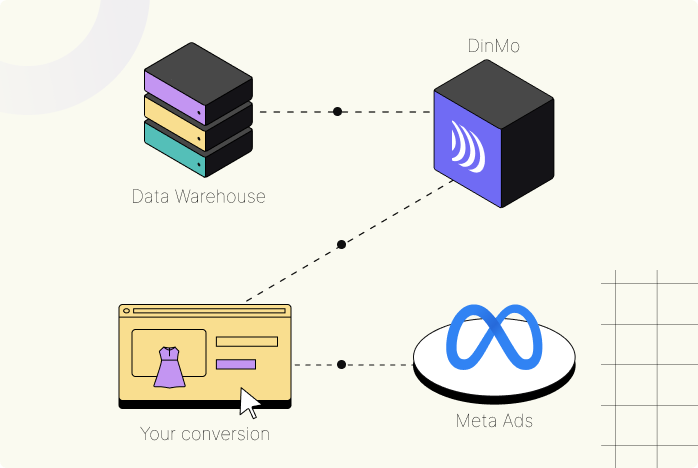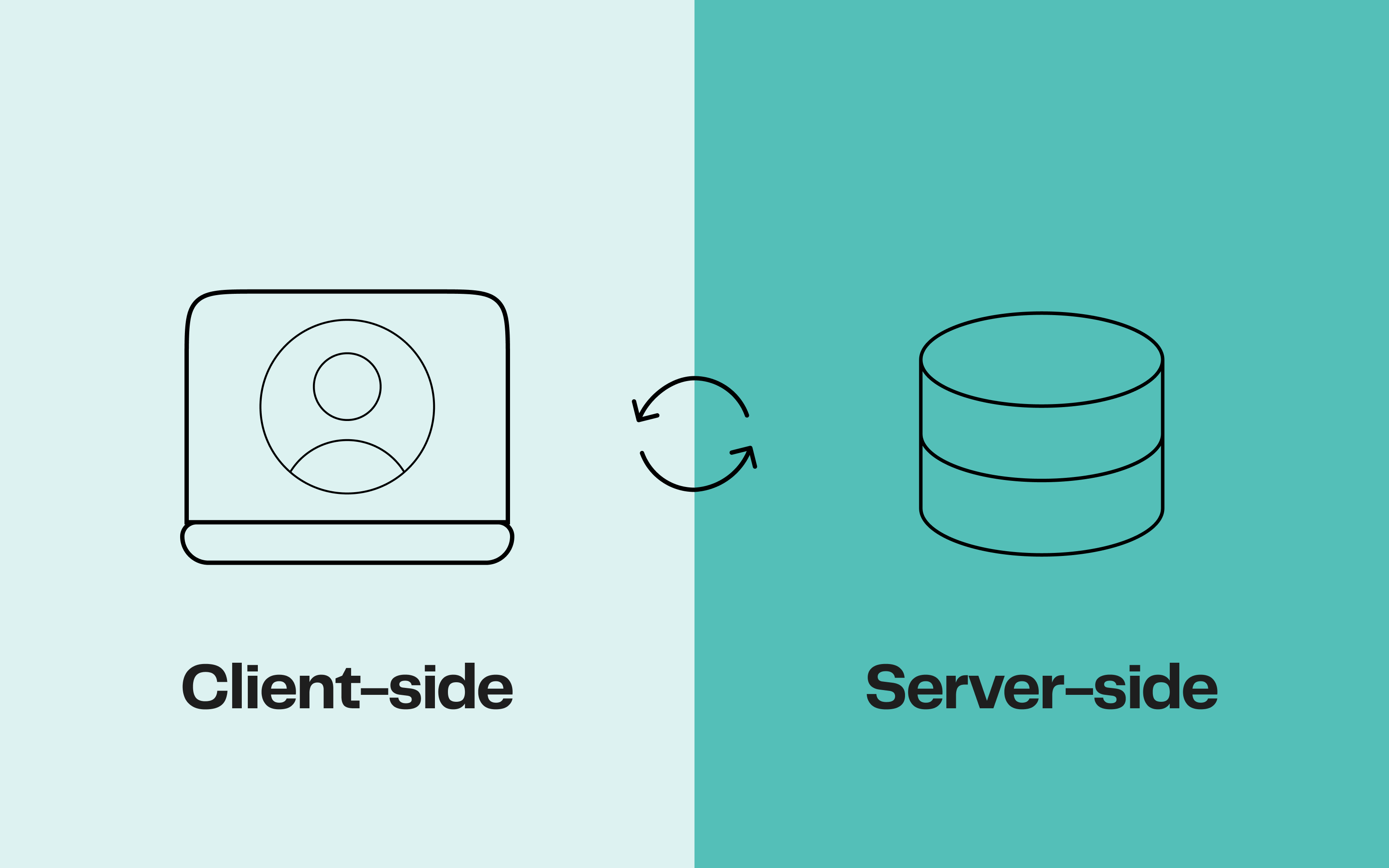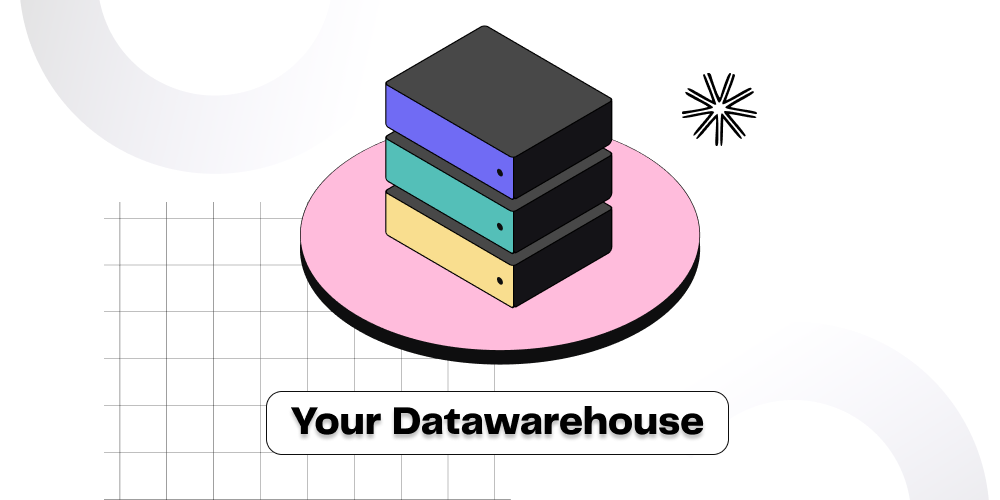You’re all familiar with third-party cookies – those small files that allow brands to deliver targeted ads. Their removal has long been a source of concern for marketers.
Already disabled by default on Mozilla and Firefox, Google confirmed in April 2025 that it would not remove them by default in Chrome.
The tech giant from Mountain View instead aimed to offer “experience that will allow users to make an informed choice, applying to the entire browsing experience”. In the end, there will be no new dedicated pop-up; it will be up to users to adjust their Chrome settings according to “the option that suits them best.”
It is currently difficult to gauge the full impact this announcement will have on the ecosystem. However, third-party cookies are already no longer a sustainable solution for digital marketing.
And yet… While the average internet user may not know exactly what third-party cookies are when faced with a consent banner, marketing professionals are well aware of their importance.
Key takeaways:
Third-party cookies were long considered the primary solution for advertising targeting.
They are increasingly restricted by browsers and regulations such as the GDPR.
Other solutions are available: first-party data, contextual targeting, conversion APIs, etc.
The end of third-party cookies is an opportunity to rethink campaigns and strengthen user trust.
Cookies allow the creation of audience profiles, the personalisation of displayed content, and the measurement of advertising campaign effectiveness across various websites. Without these tools, targeting individuals becomes more complex, potentially leading to a significant increase in costs for advertisers.
According to a study by McKinsey, companies unable to use their 1st party data and replace 3rd party data may have to spend up to 20% more to generate the same revenue. The most alarming predictions even speak of potential revenue loss up to 50%.
🤔 But then, how to prepare for this new "cookieless" era to avoid seeing marketing costs skyrocket?
Here is your comprehensive overview of the reasons behind restrictions on third-party cookies, the expected impacts, and the solutions to be considered.
Why end third-party cookies?
The restrictions on third-party cookies is mainly due to growing concerns about privacy. This issue is not new, and the advertising environment has already been heavily impacted by:
The tightening of ICO, GDPR and CCPA regulations, requiring the display of a cookie acceptance banner to all visitors of a website (approximately 25% loss of information).
The increasing use of ad blockers (approximately 25% loss of information).
The end of third-party cookies on Safari (Intelligent Tracking Prevention ) and Mozilla (Enhanced Tracking Protection), accounting for 30% of internet traffic today.
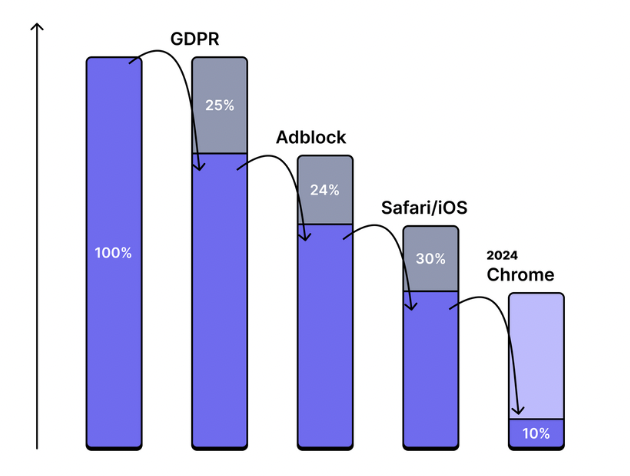
Less and less information are available for marketing purposes
Google planned to disable third-party cookies from its Chrome browser in 2024. The end of third-party cookies on Google Chrome was all the more worrying given that the browser is the most widely used worldwide. The proportion of information finally available to advertisers could then have fallen to 10% of the initial information.
However, the saga of the end of third-party cookies on Google Chrome has had several twists and turns:
Often announced as early as 2020, we had to wait until 2024 for an actual end date for third-party cookies on Google Chrome.
Google then deactivated third-party cookies for 1% of users (approx. 30M users) from 4 January 2024, in order to facilitate tests on the Privacy Sandbox. This initiative aimed to protect users' privacy while enabling advertising targeting.
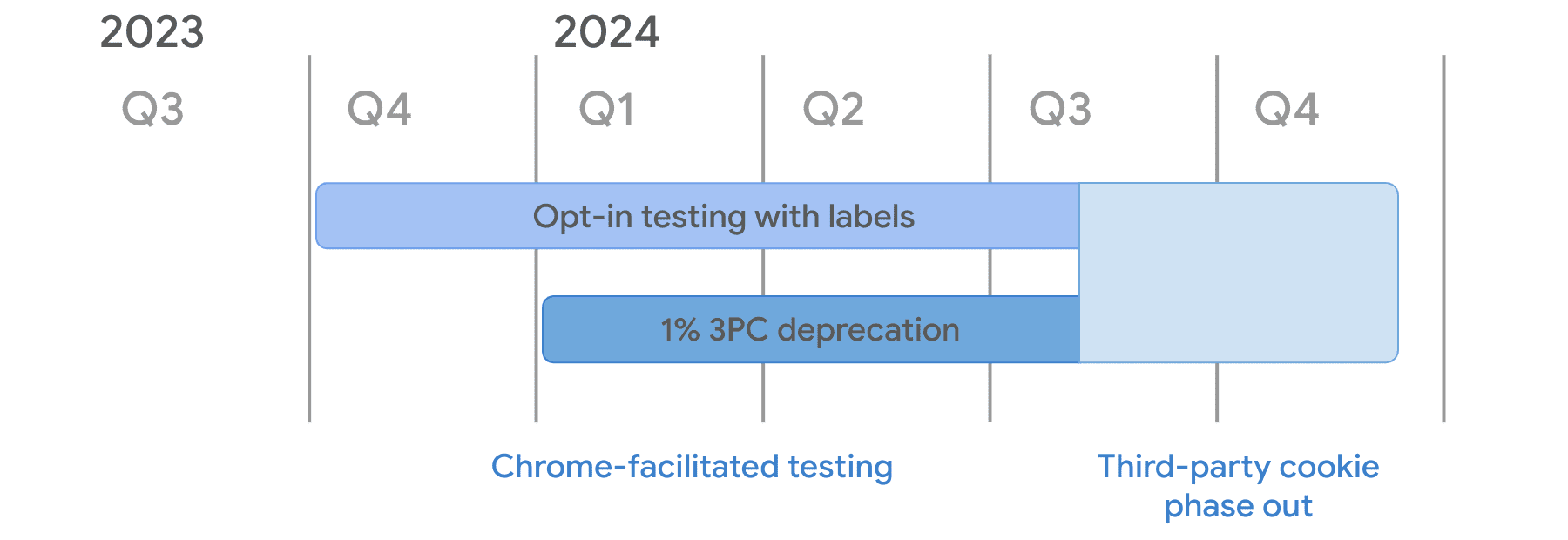
Timeline for third-party cookie depraction
However, as early as April 2024, Google announced that it was delaying the end of third-party cookies until January 2025, encountering difficulties in getting feedback to coincide from the industry, the Competition and Markets Authority (CMA) and the developers of the Privacy Sandbox.
On 22 July 2024, Google finally announced that it was abandoning third-party cookies depreciation in favour of an experience that would allow users to make an informed choice that would apply to the entire web browsing experience.
This decision was reinforced by the announcement made in April 2025, amid an ongoing antitrust investigation.
⚠️ However, this announcement does not change much, and the transition to cookieless solutions must remain a priority for businesses, for a number of reasons:
ICO, GDPR and CCPA regulations
User behaviour, particularly with the use of adblockers
Blocking of third-party cookies on Safari and Mozilla
The opt-in rate for Google Chrome users could also gradually drop.
What are the impacts of the restrictions on third-party cookies?
The consequences of the restrictions on third-party cookies are significant and require a thorough review of the marketing methods used so far.
Until now, third-party cookies were mainly used for:
Retargeting: a classic marketing technique that involves targeting a person who has already interacted with the brand. For example, a user may view a product on an e-commerce site and leave without making a purchase. Later, they could browse Instagram and see a sponsored ad banner for the product they previously viewed. Without third-party cookies, Instagram cannot easily know who viewed the product and therefore cannot associate it with its account for retargeting.
Acquisition, through lookalike campaigns: this acquisition technique targets people "similar" to a brand's best buyers. Without third-party cookies, it is no longer possible to know a user's browsing history, making it difficult to determine if they are a "digital twin" of a top buyer or not.
Performance measurement, especially to understand the impact of digital advertising through post-view conversion attribution. Without third-party cookies, it is no longer possible to know which banner/video was seen by whom, making performance analysis complex.
It is worth noting that some players are exploring alternatives such as Marketing Mix Modelling (MMM), which enables the evaluation and optimisation of marketing levers without relying on individual tracking. This is achieved through methods like multiple linear regression or Bayesian models, as well as other data tracking solutions.
Thus, the impacts of the restrictions on third-party cookies are significant: advertisers have less visibility on the performance of their digital activations and will suffer from significant revenue declines.
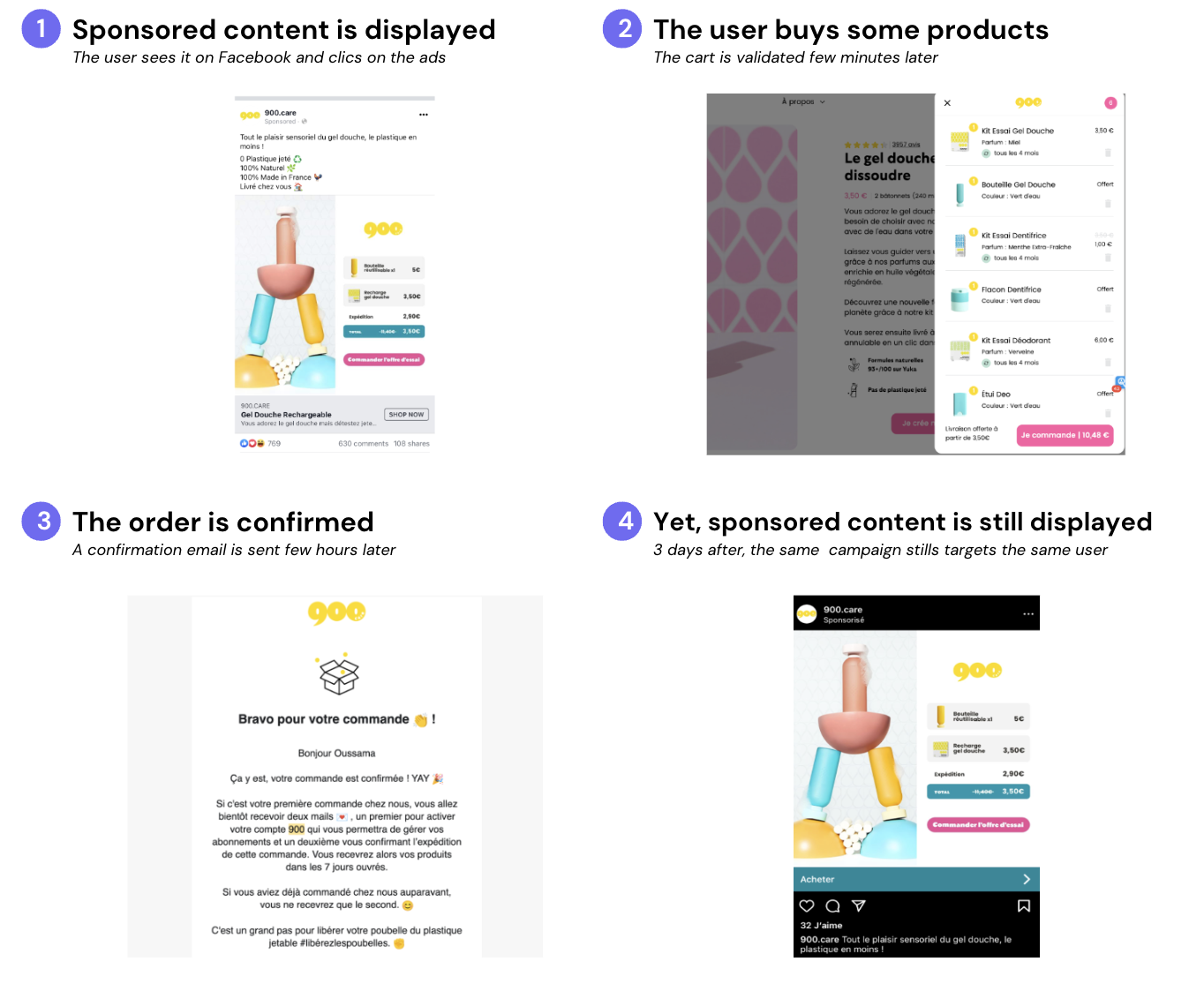
On average, 10% of the CAC is spent on existing customers
However, the restrictions on third-party cookies should not be perceived as the end of personalised marketing. A new era is opening up, with new work methods to explore.
While the decline of third-party cookies appears to be a challenge for advertisers, it’s important to note that these cookies already revealed certain limitations in the ecosystem (not suitable for multi-device use, can still be blocked or deleted, impact on website performance, etc.).
Despite Google's announcement, we are thus witnessing a gradual shift on the web towards cookieless solutions, disrupting long-standing practices in digital marketing.
What are the solutions to cope with the restrictions on third-party cookies?
Collecting and using first-party data to limit cost escalation
The restrictions on third-party cookies means limited access to data. It is then essential to invest in collecting clean data to better understand your audience. However, optimising data collection is crucial for successful strategies based on 1st-party data.
If you are not authorised to use your data for your marketing use cases, your collection will simply be useless. Unfortunately, from a simple opt-in collection by channel to a goal-based collection, the volumes of collected data can change significantly.
It would be foolish, however, to miss out on such a gold mine. Companies can encourage customers to voluntarily provide personal information in exchange for certain benefits (newsletter, loyalty program, special offers, etc.). A good content strategy, favoring the collection of personal data, is a simple response to the restrictions on third-party cookies.
After collecting a large amount of data from various sources (CRM, stores, website, etc.), it is essential to centralise them in a single source of truth. Using the same data in all tools is important for a unified and up-to-date view of customers. Highly promoted by companies, cloud data warehouse solutions such as Google BigQuery or Snowflake perfectly meet this need.
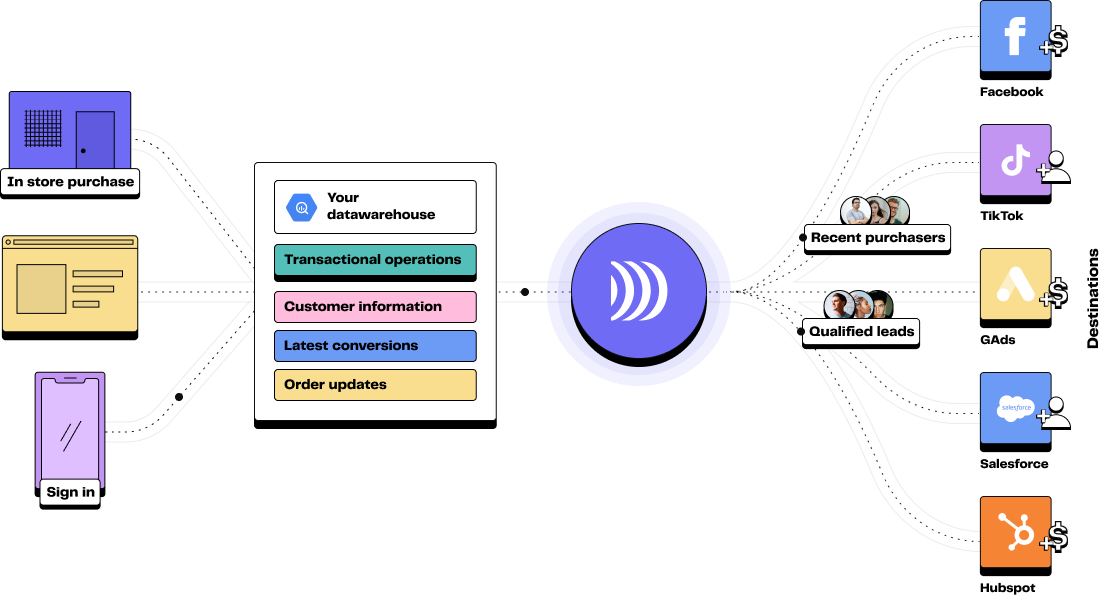
All data can be stocked in the data warehouse
Using first-party data allows for new marketing strategies, such as using high Customer Lifetime Value (CLV) audiences or new possibilities for marketing automation. To navigate this new cookieless era successfully, it is essential to send all your data, both CRM and conversions, to advertising platforms.
To send first-party data to your advertising platforms, you can use Reverse ETL tools. Note that most advertising platforms have developed their own tool to simplify the sending of conversions to them.
These tools, known as Conversions APIs allow advertisers to share conversion events from their leads and their customers, directly from the server.
The restrictions on third-party cookies also means new experiments. It's time to explore new horizons and strengthen your multichannel strategy. The key to success lies in clearly defining your goals and understanding your target audience, again thanks to your 1st-party data.
Several targeting options are also beginning to stand out: the use of a universal ID, the new boom of contextual targeting, and the arrival of cohort-based solutions, to name a few.
Alternative measurement solutions
Adopting new marketing strategies is good, but being able to measure results is crucial to know which ones to deepen or abandon.
The shockwave caused by the announcement of the removal of third-party cookies has led to new measurement alternatives emerging:
Unique but diversified identifiers (especially universal IDs) allow tracking a user across different sites and even different devices. They can track a customer's purchase journey and help guess what potential interactions they may have had with the brand.
New tracking methods, typically based on specific characteristics of browser and device. For instance, browser fingerprinting is a probabilistic method used to uniquely identify a user on a website or a mobile application based on the unique characteristics of their browser and device.
Marketing Mix Modeling, an analytical technique used to assess and optimise the effectiveness of different marketing levers of a company, is increasingly used. Although existing since the 1950s, it is now favored as it does not rely on individual tracking. It can be more or less complex, relying on multi-linear regression techniques or Bayesian models.
The use of Google Chrome's Privacy Sandbox was intended to enable the analysis of campaign performance in terms of conversions. Google proposed various APIs within this suite (initially FLoC for cohort-based targeting, then Topics for interest-based targeting, and Attribution Reporting for measurement purposes).
Its implementation was scheduled for early 2025 before the announcement made by Anthony Chavez in April of that same year.
Other methods include declarative-based approaches, advertising attention analysis (eye tracking), data clean rooms, etc.
We can only advise you to explore these new methods to determine which one suits you best.
Conclusion
The restrictions on third-party cookies is near, and taking a lead is essential. It is important to explore new alternatives today: new channels, new A/B testing campaigns, and new exploited data.
At DinMo, we help you use your 1st-party data in all your tools. If you want to learn more, feel free to contact us.



















